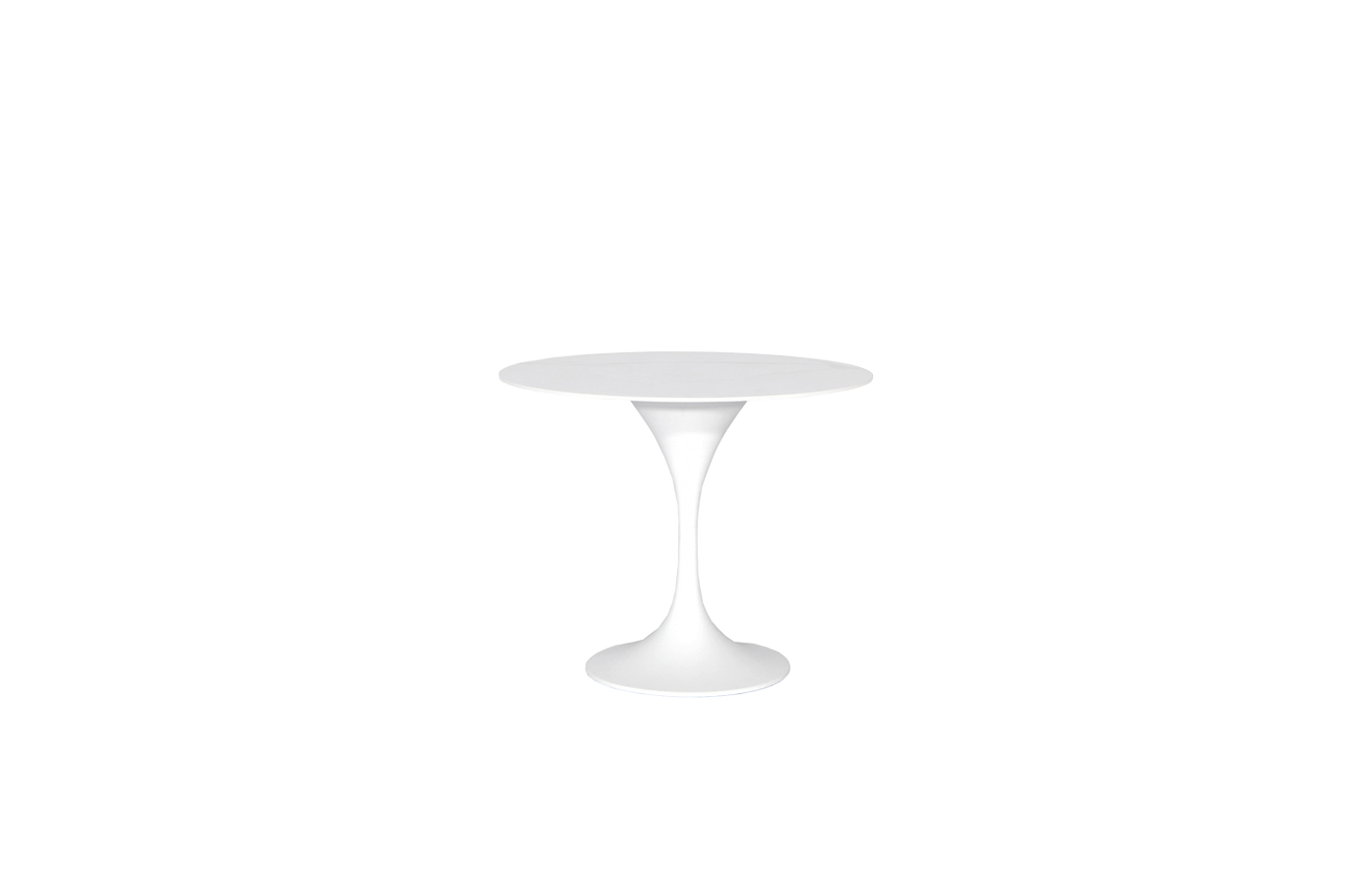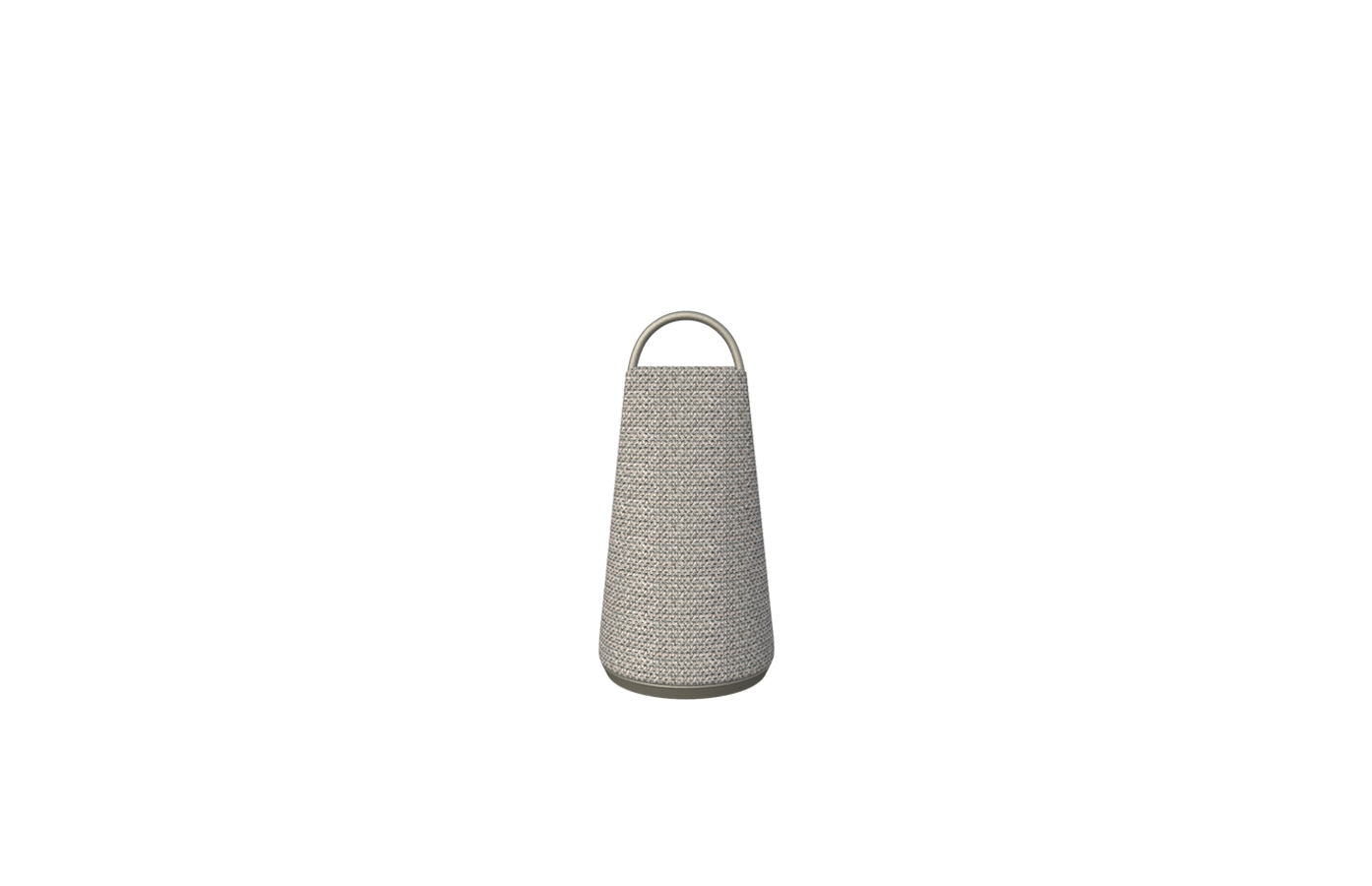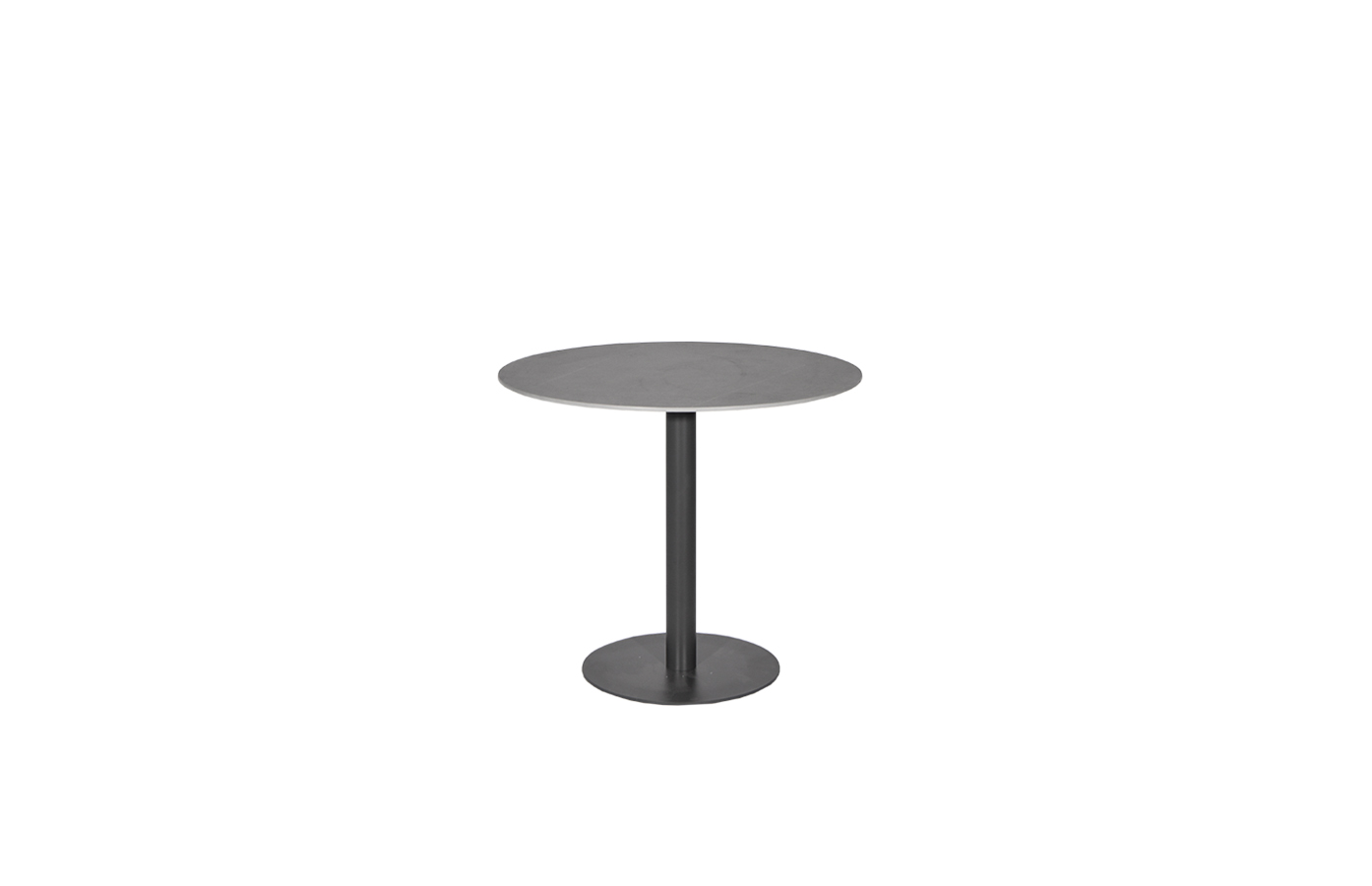****

Exploring the Versatility and Sustainability of Rattan Material in Modern Design: A Journey Through Its Uses, Benefits, and Environmental Impact
Rattan material has gained significant attention in recent years, especially in the realm of interior design and furniture manufacturing. Renowned for its flexibility, durability, and aesthetic appeal, rattan offers a unique blend of traditional craftsmanship and modern sensibility. This natural material, derived from climbing palms predominantly found in tropical regions, serves as an eco-friendly alternative to synthetic materials. As consumers become increasingly aware of their impact on the environment, the demand for sustainable and stylish options like rattan has surged. This article will explore the various uses of rattan material, its benefits, and the positive impact it has on our environment.
The Origins and Characteristics of Rattan
Rattan is a type of vine native to the tropical rainforests of Asia, Africa, and parts of Australia. It is not a hardwood, as many people might assume; rather, it is a fast-growing palm that can reach impressive heights and diameters. Rattan can be harvested sustainably, as the entire plant does not need to be cut down—only the outer canes are collected, allowing the rattan to regenerate. This characteristic makes it an exemplary material for eco-conscious consumers and designers alike.
The versatility of rattan lies in its remarkable flexibility and strength. Craftsmen can bend and weave it into various shapes, creating everything from intricate furniture pieces to decorative items. Its lightweight nature makes it easy to maneuver while still being robust enough to withstand daily use. Unlike traditional wooden furniture, rattan pieces can be both casual and sophisticated, appealing to a wide range of interior aesthetics.
Rattan in Furniture Design

Exploring the Versatility and Sustainability of Rattan Material in Modern Design: A Journey Through Its Uses, Benefits, and Environmental Impact
The resurgence of rattan in furniture design has been a significant trend in recent years. Many contemporary designers are returning to this age-old material to craft unique, stylish, and functional pieces. From chairs and tables to shelving units and light fixtures, rattan furniture adds warmth and texture to any space.
The appeal of rattan furniture lies not only in its beauty but also in its adaptability. Rattan can be finished in various colors and styles, making it easy to blend with different design themes. Whether you’re aiming for a bohemian look or a chic, minimalist aesthetic, rattan can effortlessly complement your interior. Additionally, the material is often combined with other elements, such as metal or glass, to create stunning contrast and depth.
Rattan for Outdoor Spaces
Another exciting application of rattan material is in outdoor furniture. Rattan pieces are perfect for patios, decks, and gardens, as they can withstand the elements while still maintaining their visual appeal. Many manufacturers have developed synthetic rattan options that mimic the natural appearance but offer extra protection against weather damage, UV rays, and fading.
Rattan loungers, dining sets, and decorative items transform outdoor spaces into inviting retreats. The natural, organic look of rattan helps to create a relaxed atmosphere, making it a popular choice for alfresco dining or lounging. Furthermore, rattan is lightweight, allowing for easy rearrangement, which is especially appreciated during seasonal shifts or gatherings.
The Environmental Benefits of Rattan Material
As concerns over climate change and environmental sustainability increase, more consumers are turning to eco-friendly materials for their homes. Rattan material stands out as a sustainable choice for several reasons. First, it is a renewable resource that can be harvested without causing deforestation. Instead of contributing to ecological destruction, rattan cultivation can promote biodiversity in tropical forests by providing habitats for various species.
Moreover, the production process of rattan furniture is often less carbon-intensive compared to that of synthetic materials. While industrial processes associated with plastics are energy-heavy and polluting, rattan furniture typically involves traditional craftsmanship, which can have a significantly lower environmental footprint.

Exploring the Versatility and Sustainability of Rattan Material in Modern Design: A Journey Through Its Uses, Benefits, and Environmental Impact
Conclusion: Embracing the Rattan Revolution
In conclusion, rattan material is more than just a stylish option for furniture and decor; it embodies a blend of practicality, sustainability, and aesthetic charm. Its versatility allows it to be skillfully incorporated into both indoor and outdoor environments, making it an ideal choice for those looking to enhance their spaces while also being mindful of the planet.
As we move towards a more sustainable future, embracing materials like rattan is essential. Whether you’re designing a cozy living room, a chic patio, or a serene garden, consider the timeless beauty and eco-friendly credentials of rattan material. By choosing rattan, you are not only investing in stylish design but also supporting sustainable practices that will benefit our environment for generations to come. Outdoor Sofa


